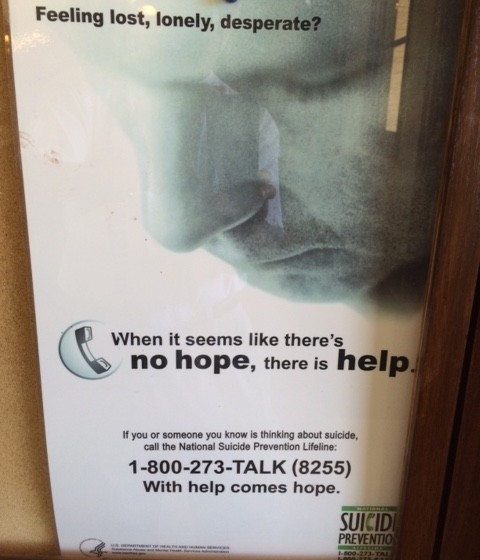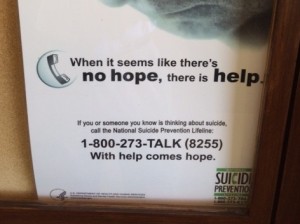Yet another proposal to remake historic Chicago Union Station is expected to be unveiled this week. Will this plan be any better than the others?
Here’s a suggestion: Go back to the original idea for the station. Let’s keep it classic, or at least, classy.
The most recent plan — topping the station off with a modern glass-and-steel structure — was recently scrapped. Critics described it as “an abomination” and often likened it to Soldier Field after the iconic, columned structure became the landing site for something from Star Wars.
That seven-story vertical addition was “deemed unacceptable by the community and the Alderman due to architectural and traffic concerns,” according to an announcement from the office of Brendan Reilly, whose 42nd Ward encompasses the station.
“As a result, the development team decided to completely revise their vision for the project,” the announcement stated.
Good idea.
Amtrak, which owns Union Station, selected Chicago-based Riverside Investment & Development and Convexity Properties in May 2017 to redevelop the station and surrounding properties at a cost of $1 billion. Solomon Cordwell Buenz (SCB) are the architects.
Their plan called for plopping a modern addition atop the neoclassical Headhouse. This was immediately lambasted in newspaper pages, on blogs, and on social media.
The two designs were clearly incongruous. Blair Kamin, Pulitzer Prize-winning architecture critic for the Chicago Tribune, said the addition has “none of the grandeur of Union…

